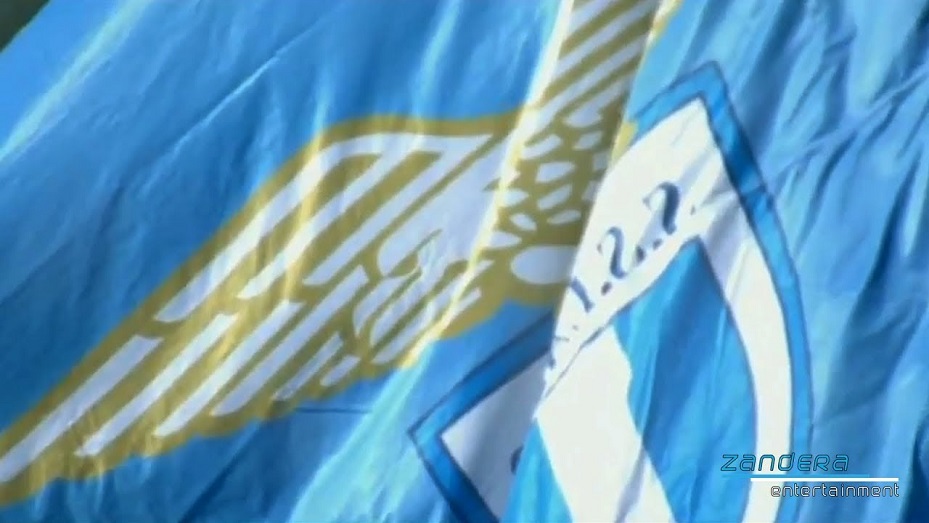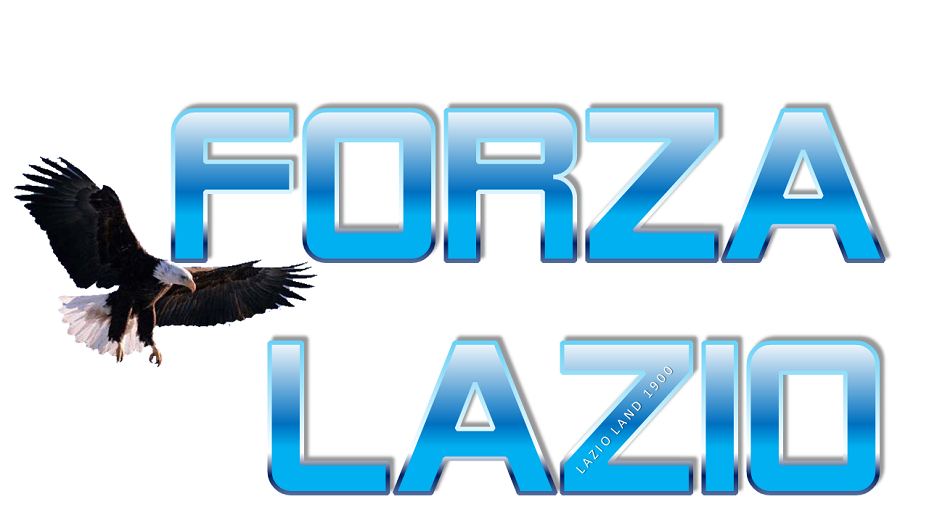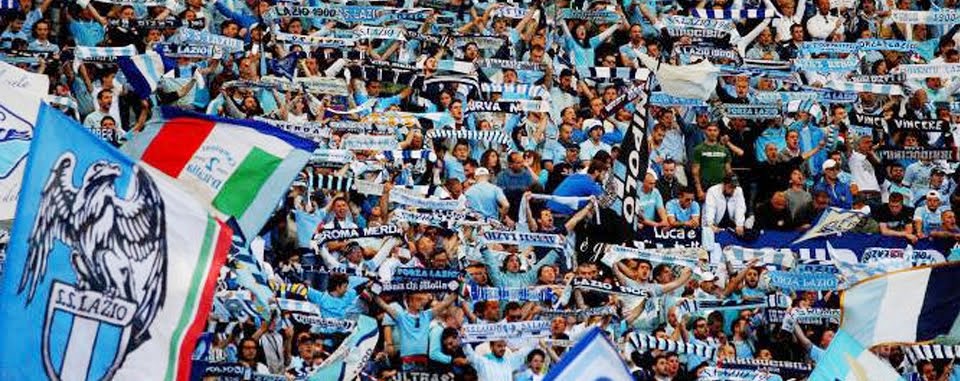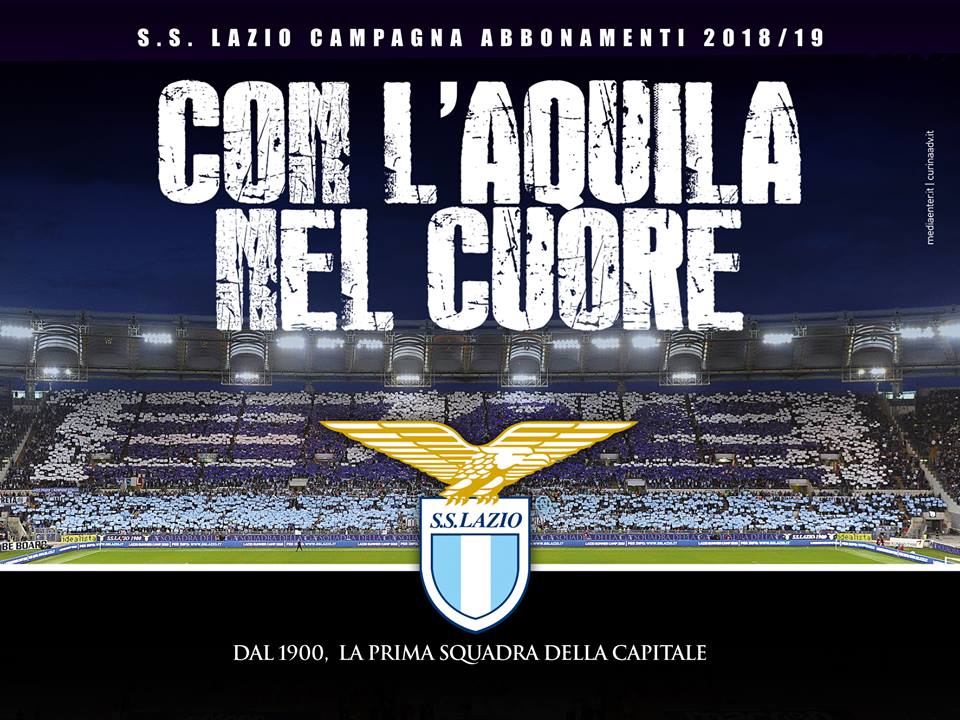Società Sportiva Lazio, commonly referred to as Lazio, is a professional Italian sports club based in Rome, most known for its football activity. The society, founded in 1900, play in the Serie A and have spent most of their history in the top tier of Italian football. Lazio have been Italian champions twice, and have won the Coppa Italia six times, the Supercoppa Italiana three times, and both the UEFA Cup Winners' Cup and UEFA Super Cup on one occasion.
The club had their first major success in 1958, winning the domestic cup. In 1974, they won their first Serie A title. The past 15 years have been the most successful period in Lazio's history, seeing them win the UEFA Cup Winners' Cup and UEFA Super Cup in 1999, the Serie A title in 2000, several domestic cups and reaching their first UEFA Cup final in 1998.
Lazio's traditional kit colours are sky blue shirts and white shorts with white socks; the colours are reminiscent of Rome's ancient Hellenic legacy. Sky blue socks have also been interchangeably used as home colours. Their home is the 70,634 capacity Stadio Olimpico in Rome, which they share with A.S. Roma until the year 2018, when the latter will leave for the Stadio della Roma.Lazio have a long-standing rivalry with Roma, with whom they have contested the Derby della Capitale since 1929. Lazio is also a sports club that participate in 40 sports disciplines in total, more than any other sports association in the world.
History

In 1927, Lazio was the only major Roman club which resisted the Fascist regime's attempts to merge all the city's teams into what would become A.S. Roma the same year.
The club played in the first organised Serie A in 1929 and, led by legendary Italian striker Silvio Piola, achieved a second-place finish in 1937 – its highest pre-war result.

Lazio were forcibly relegated to Serie B in 1980 due to a remarkable scandal concerning illegal bets on their own matches, along with Milan. They remained in Italy's second division for three seasons in what would mark the darkest period in Lazio's history. They would return in 1983 and manage a last-day escape from relegation the following season. The 1984–85 season would prove harrowing, with a pitiful 15 points and bottom place finish.

The arrival of Sergio Cragnotti in 1992 changed the club's history due to his long-term investments in new players to make the team a Scudetto competitor. A notable early transfer during his tenure was the capture of English midfielder Paul Gascoigne from Tottenham Hotspur for £5.5 million. Gascoigne's transfer to Lazio is credited with the increase of interest in Serie A in the United Kingdom during the 1990s. Cragnotti repeatedly broke transfer records in pursuit of players who were considered major stars – Juan Sebastian Veron for £18 million, Christian Vieri for £19 million and breaking the world transfer record, albeit only for a matter of weeks, to sign Hernán Crespo from Parma for £35 million.

Lazio had two more Coppa Italia triumphs in 1998 and 2004, as well as the last ever UEFA Cup Winners' Cup in 1999. They also reached the UEFA Cup, but lost 0–3 against Internazionale.
In addition, Lazio won the Supercoppa Italiana twice and defeated Manchester United in 1999 to win the European Super Cup. In 2000, Lazio became also the first Italian football club to be quoted on the Italian Piazza Affari stock market.
With money running out, however, Lazio's results slowly worsened in the years. In 2002, a financial scandal involving Cragnotti and his food products multinational Cirio forced him to leave the club, and Lazio was controlled until 2004 by caretaker financial managers and a bank pool. This forced the club to sell their star players and even fan favourite captain Alessandro Nesta. In 2004, entrepreneur Claudio Lotito acquired the majority of the club.






